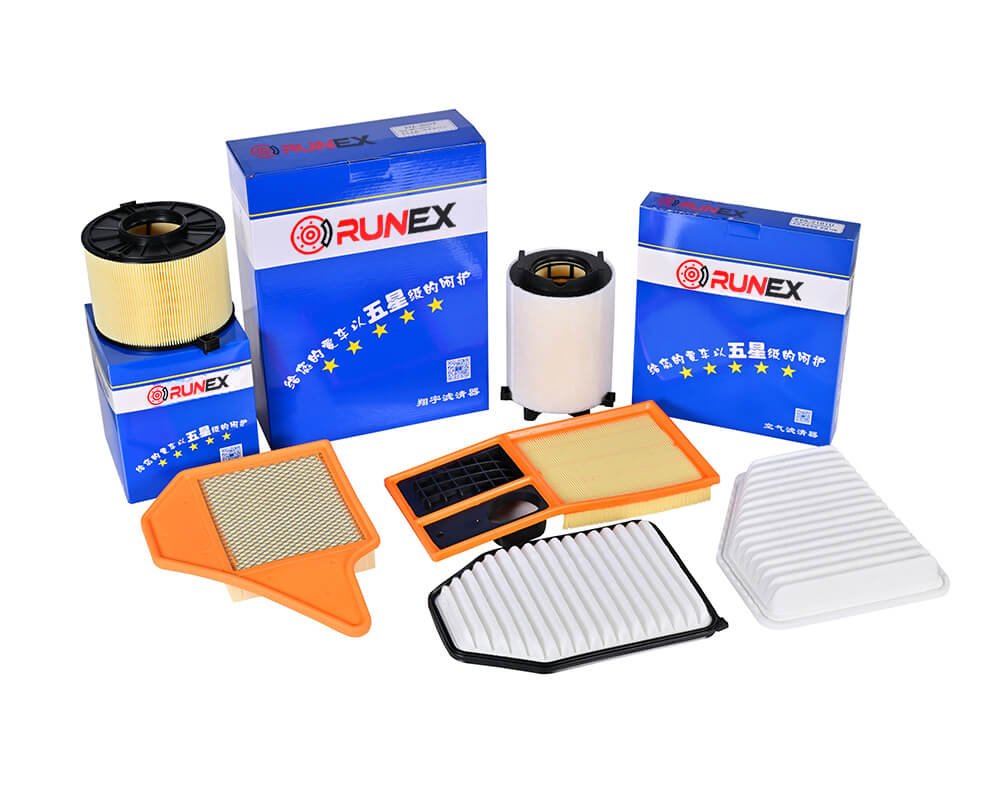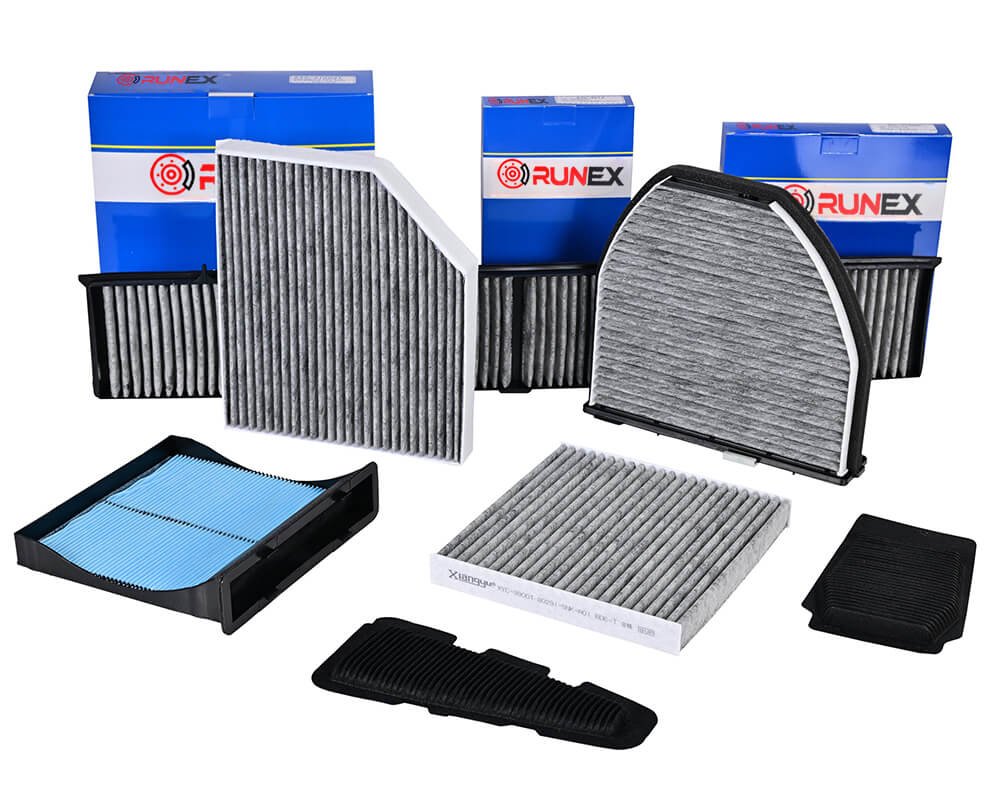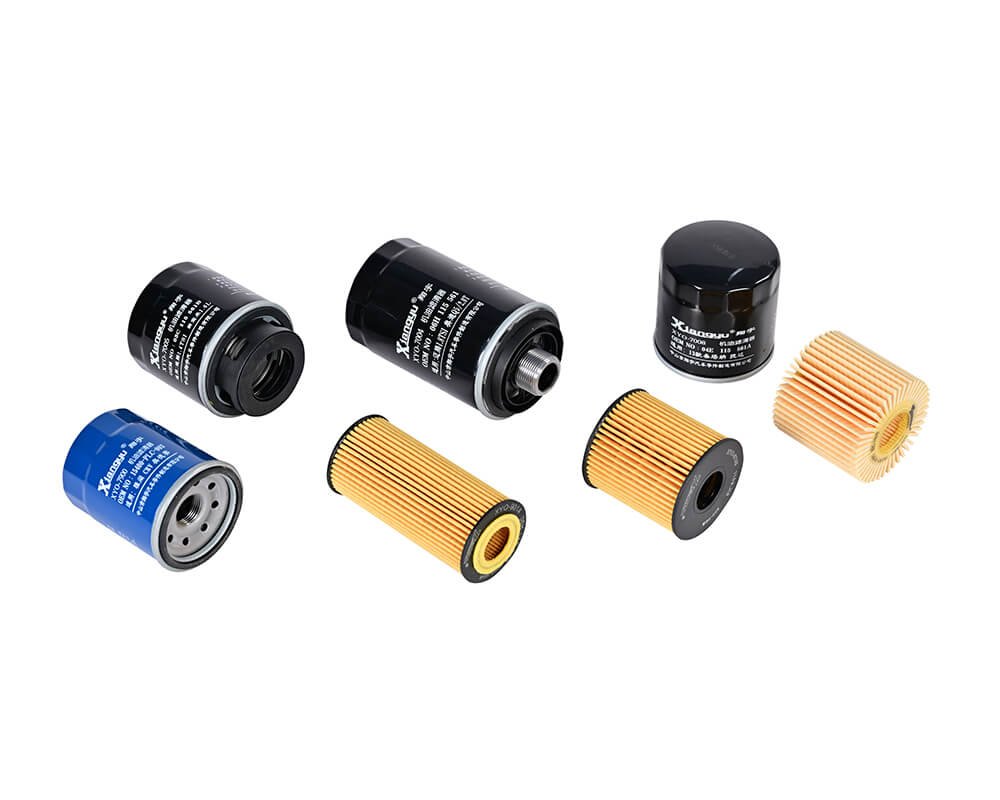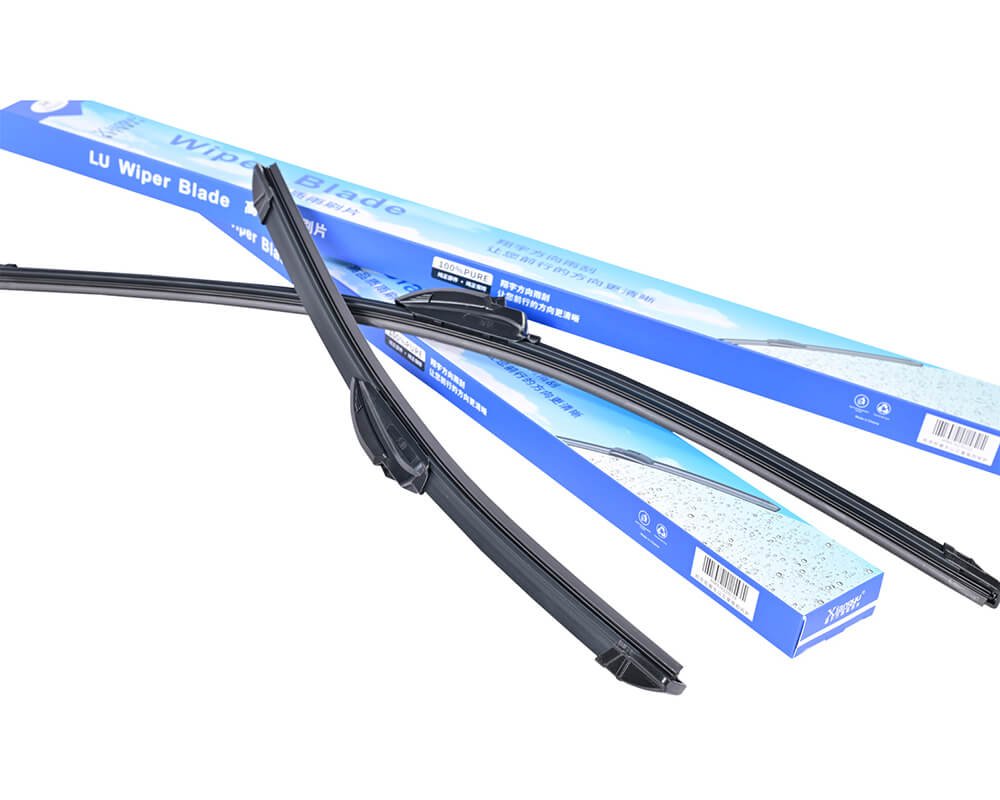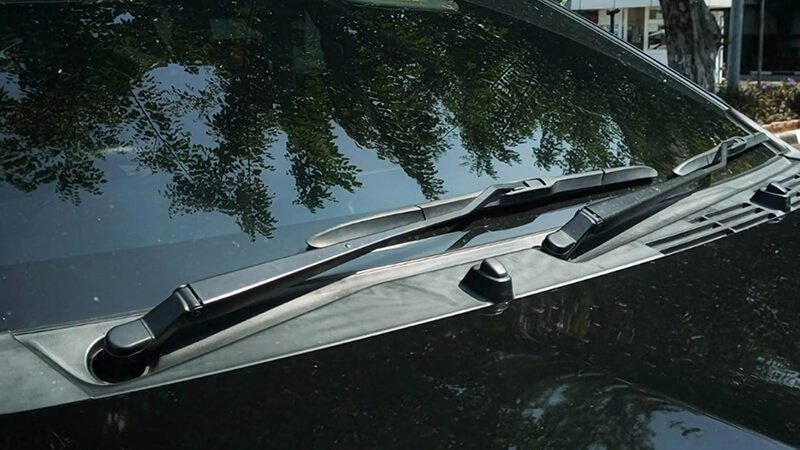Choosing the right brake pad is crucial for your car’s performance, safety, and comfort. Ceramic and metallic brake pads are two common options, each with distinct characteristics. So, how do you choose the best one for your driving style? Let’s explore the key differences between them.
Ceramic and metallic brake pads have distinct advantages depending on your driving needs. Ceramic pads offer quiet operation and long lifespan, while metallic pads excel in high-performance and heavy-duty conditions. Your choice depends on driving style, vehicle type, and specific needs like durability or cost-effectiveness.
Before deciding, it’s important to understand the fundamental differences between ceramic and metallic brake pads. Let’s break down these two options and explore which might be the best fit for your car and driving habits.
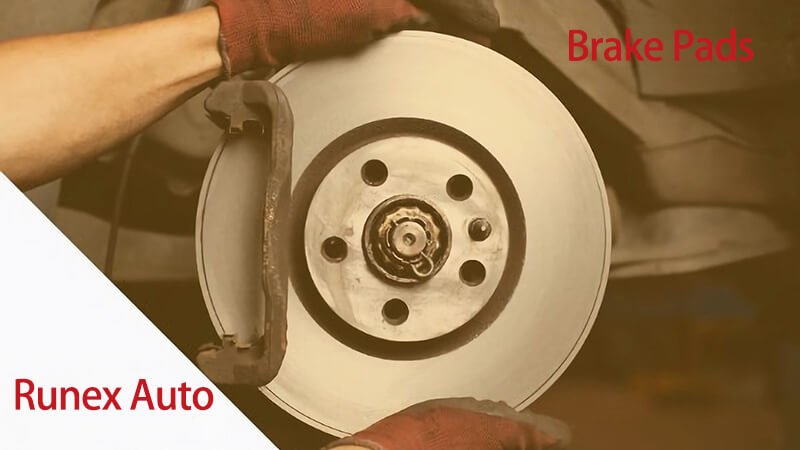
What is the difference between Ceramic and Metallic Brake Pads?
When it comes to brake pads, material choice significantly impacts performance. Ceramic brake pads1 and metallic brake pads2 differ in how they are constructed and how they perform under various conditions. But what exactly sets them apart?
Ceramic brake pads are made from a dense ceramic material, offering smoother, quieter braking and better resistance to wear. On the other hand, metallic brake pads are constructed from metal, making them more durable and ideal for high-performance vehicles or heavy-duty use.
To truly understand the difference between ceramic and metallic brake pads, we need to explore their construction3, performance, and suitability4 for different driving conditions. Let’s break it down further:
| Feature | Ceramic Brake Pads | Metallic Brake Pads |
|---|---|---|
| Material Composition | Ceramic fibers, bonding agents, non-ferrous materials | Steel, iron, copper, other metals |
| Noise Level | Quieter operation due to the dense material | Tends to be noisier, especially under heavy braking |
| Heat Resistance | Handles moderate heat well, but can fade under extreme conditions | Excellent heat resistance, ideal for heavy-duty driving |
| Durability | Long-lasting, but not as durable in extreme conditions | Very durable, ideal for heavy-duty and high-performance use |
| Brake Dust | Produces less dust, keeping wheels cleaner | Produces more dust, requiring more maintenance |
| Cost | More expensive due to the manufacturing process | More cost-effective, but can wear out faster |
| Performance | Smooth braking, good for everyday driving | High-performance stopping power, suitable for aggressive driving |
Ceramic brake pads offer a smoother, quieter ride, and they are better at reducing brake dust, making them ideal for everyday driving. However, they may struggle in extreme conditions, such as off-roading or aggressive driving. In contrast, metallic brake pads are more durable and offer superior stopping power, especially in high-temperature conditions. However, they are noisier and generate more brake dust, requiring more maintenance.

Should I get ceramic or metal brake pads?
When deciding whether to opt for ceramic brake pads5 or metallic brake pads6, several factors come into play. The choice depends on your driving habits7, vehicle type8, and how much you’re willing to spend. So, which one should you choose?
If you drive a standard vehicle and prioritize comfort, noise reduction, and longer-lasting performance, ceramic brake pads are an excellent choice. For high-performance vehicles or heavy-duty driving, metallic brake pads offer superior durability and stopping power.
Choosing the right brake pad comes down to how you use your vehicle and what you prioritize. Let’s break down some key considerations:
Driving Conditions
| Driving Conditions | Ceramic Brake Pads | Metallic Brake Pads |
|---|---|---|
| City/Urban Driving | Excellent for stop-and-go driving, smooth and quiet braking | May be noisier, but still suitable for city driving |
| Highway Driving | Great for highway cruising, long-lasting with minimal dust | Not as quiet but durable for high-speed stops |
| Heavy-Duty Driving | May not perform well under heavy load or extreme temperatures | Ideal for towing, off-roading, or heavy-duty vehicles |
| Performance Driving | Not recommended for extreme braking conditions | Best choice for performance vehicles requiring maximum stopping power |
Budget
Ceramic brake pads are generally more expensive due to the materials and manufacturing process involved. However, they offer long-term value because they last longer and require less frequent replacements. Metallic pads, while cheaper upfront, may need to be replaced more often, especially if they are used in heavy-duty or high-performance applications.
Ultimately, if you’re looking for a quieter, smoother ride and don’t engage in heavy-duty driving, ceramic brake pads are your best bet. However, if your vehicle is built for high-performance, towing, or frequent heavy braking, metallic pads will provide the durability and stopping power you need.
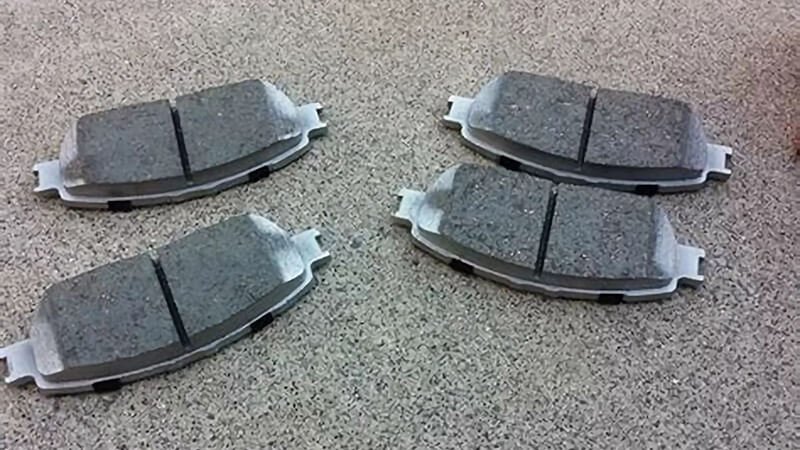
What is the best brake pad material for daily driving?
When it comes to daily driving, comfort, durability, and performance are essential. What’s the best brake pad material for regular use in typical driving conditions? Let’s break it down.
For daily driving, ceramic brake pads are often the best choice. They provide quiet braking, produce minimal dust, and last longer. Their excellent performance in moderate conditions makes them ideal for those who drive in cities or on highways.
Daily driving typically involves a mix of city commuting and highway cruising. In such cases, comfort, longevity, and noise control are essential factors. Ceramic brake pads excel in these areas, making them the most popular choice for everyday drivers.
Why Ceramic Pads are Great for Daily Driving:
-
Noise Reduction9: Ceramic brake pads are known for their quiet operation. This makes them ideal for daily drivers who want to avoid the loud screeching or grinding that metallic pads can produce, especially in stop-and-go traffic.
-
Durability10: Ceramic pads last longer than many other types of pads, so they require fewer replacements. This is particularly beneficial for daily drivers who don’t want the hassle or cost of frequent brake pad changes.
-
Clean Wheels11: Ceramic pads produce less dust compared to metallic pads. As a result, your wheels stay cleaner for longer, reducing the need for frequent cleaning.
-
Smooth Performance12: Ceramic pads provide smooth and consistent braking, making daily driving more comfortable. They are well-suited to moderate driving conditions, where maximum stopping power isn’t always required.
For most daily drivers, ceramic brake pads strike the perfect balance between performance, longevity, and comfort. However, if your driving style involves more aggressive braking or you regularly tow heavy loads, you might want to consider metallic brake pads for their enhanced performance in those conditions.

Are ceramic brake pads good for daily drivers?
If you’re a daily driver, you might wonder if ceramic brake pads are really the right choice for you. Are they durable enough for everyday use? Let’s take a closer look at why ceramic pads might be an excellent fit for daily driving.
Yes, ceramic brake pads are ideal for daily drivers. They offer excellent durability13, reduced noise14, and minimal brake dust15. These features make them the go-to choice for comfort and convenience, especially for those who mostly drive in urban areas or on highways.
Ceramic brake pads are designed for everyday driving, offering a combination of performance, durability, and comfort. Let's explore in more detail why they’re perfect for daily driving.
- Comfort: Ceramic brake pads provide smoother braking and are significantly quieter than metallic pads. This is particularly important for daily drivers who spend a lot of time in traffic or commuting.
- Longevity: For daily drivers, brake pad longevity is crucial. Ceramic pads last longer, meaning fewer replacements. In the long run, this can save you both time and money.
- Low Dusting: Ceramic pads produce less brake dust than metallic pads, which helps keep your wheels cleaner. This is a big advantage for drivers who want to minimize vehicle maintenance and keep their car looking sharp.
However, if your daily driving involves heavy traffic and frequent stops, or if you live in an area with very high temperatures, metallic pads may be worth considering for their superior heat resistance and performance under high-stress conditions.
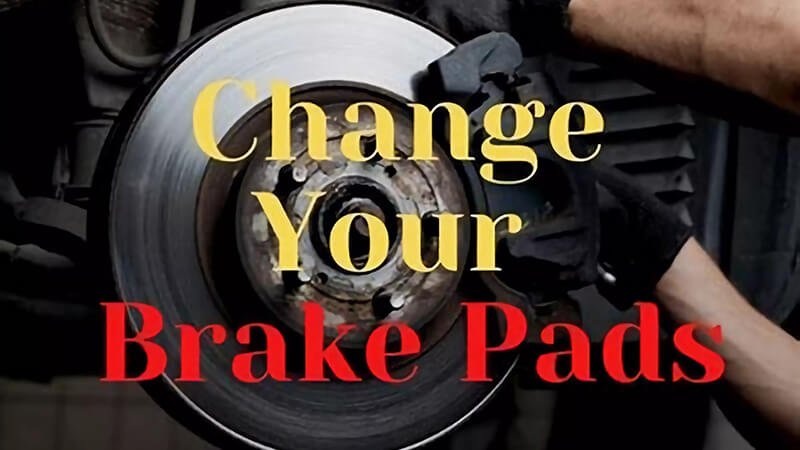
What is a disadvantage of ceramic brake pads?
While ceramic brake pads offer numerous benefits, they are not without their drawbacks. What are the disadvantages of ceramic pads, and how do they compare to other materials?
The main disadvantage of ceramic brake pads is their higher cost compared to metallic options. Additionally, they are not as effective in extreme conditions, such as high-performance driving or heavy-duty use, where metallic pads excel.
Although ceramic brake pads offer many advantages, there are a few disadvantages to consider, particularly if you drive in extreme conditions or have specific performance needs.
Disadvantages of Ceramic Brake Pads:
-
Higher Cost16: Ceramic brake pads are generally more expensive than metallic pads. The materials and manufacturing process contribute to the higher price point, which can be a downside if you’re working within a tight budget.
-
Less Performance in Extreme Conditions17: While ceramic pads perform well under normal conditions, they may not be the best choice for high-performance or heavy-duty driving. In scenarios that involve frequent hard braking or high temperatures, ceramic pads can fade or wear out faster than metallic pads.
-
Not Ideal for Heavy Loads: If you drive a truck or SUV and frequently carry heavy loads, ceramic pads may not offer the same stopping power and durability as metallic brake pads, which are better suited for these conditions.
While ceramic brake pads are excellent for daily driving, if you’re involved in aggressive driving or need pads that can withstand high levels of heat and stress, you might want to look into metallic options for better performance and longevity under these conditions.

Conclusion
Choosing between ceramic and metallic brake pads depends on your specific needs and driving style. Ceramic pads are ideal for daily driving, offering a quiet, comfortable, and durable performance. On the other hand, metallic pads are better suited for high-performance vehicles or heavy-duty use. Understanding the key differences and evaluating your needs will help you make the best choice for your car and driving habits.
Looking for the best supplier for brake pads, do not hesitate to contact us18.
-
Understand the benefits of ceramic brake pads, including smoother and quieter braking. ↩
-
Learn about the durability and high-performance capabilities of metallic brake pads. ↩
-
Gain insight into the different materials and construction methods used for brake pads. ↩
-
Discover which brake pad type suits different driving styles and conditions. ↩
-
Learn why ceramic brake pads are quieter and provide a smoother ride. ↩
-
Understand why metallic brake pads are ideal for durability and stopping power in performance cars. ↩
-
Discover how your driving style influences the brake pad you should choose. ↩
-
Find out which brake pads are most suitable for your vehicle model. ↩
-
Learn how ceramic brake pads offer quieter performance than metallic options. ↩
-
Find out why ceramic brake pads are more durable and cost-effective over time. ↩
-
Understand why ceramic brake pads produce less dust and help maintain cleaner wheels. ↩
-
Learn about the smooth performance and consistency offered by ceramic pads in daily driving conditions. ↩
-
Understand the durability of ceramic brake pads and why they're perfect for daily drivers. ↩
-
Learn how ceramic pads reduce noise, making them better for daily commuters. ↩
-
Find out why ceramic pads produce less dust and help keep your wheels cleaner. ↩
-
Learn about the cost factors associated with ceramic brake pads. ↩
-
Find out how ceramic brake pads handle heat, stress, and performance in tough conditions. ↩
-
Know more about Runex Auto OEM Brake pads. ↩




